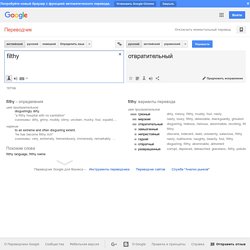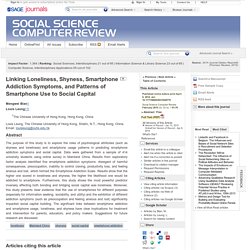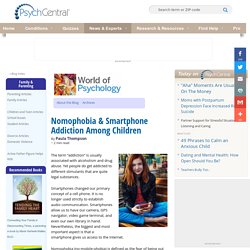

Untitled. Dirty, unwashed, obscene, despicable, bad, lousy, foul, smutty dirty, grimy, muddy, slimy, unclean, mucky, foul, squalid, sordid, nasty, soiled, sullied, polluted, contaminated, unhygienic, unsanitary, cruddy, grungy, skeevy, besmirched, feculentunwashed, unclean, dirty, grimy, smeared, grubby, muddy, mucky, black, blackened, stained, begrimedobscene, indecent, dirty, smutty, rude, improper, coarse, bawdy, vulgar, lewd, racy, raw, off-color, earthy, barnyard, locker-room, ribald, risqué, “adult”, pornographic, explicit, blue, porn, porno, X-rateddespicable, contemptible, nasty, low, base, mean, vile, obnoxious, dirty (rotten), lowdown, no-goodbad, foul, bad-tempered, ill-tempered, irritable, grumpy, grouchy, cross, fractious, peevish, cranky, ornerylousy, dirtyfoul, nastysmutty, foul, nasty, cruddy.

Google Переводчик. An Error Occurred Setting Your User Cookie. Download. Teens, Social Media & Technology Overview 2015. 24% of teens go online “almost constantly,” facilitated by the widespread availability of smartphones.

Aided by the convenience and constant access provided by mobile devices, especially smartphones, 92% of teens report going online daily — including 24% who say they go online “almost constantly,” according to a new study from Pew Research Center. More than half (56%) of teens — defined in this report as those ages 13 to 17 — go online several times a day, and 12% report once-a-day use. Just 6% of teens report going online weekly, and 2% go online less often. Much of this frenzy of access is facilitated by mobile devices. Nearly three-quarters of teens have or have access to a smartphone and 30% have a basic phone, while just 12% of teens 13 to 17 say they have no cell phone of any type. African-American and Hispanic youth report more frequent internet use than white teens. 71% of teens use more than one social network site Teens are diversifying their social network site use.
Linking Loneliness, Shyness, Smartphone Addiction Symptoms, and Patterns of Smartphone Use to Social Capital. Abstract The purpose of this study is to explore the roles of psychological attributes (such as shyness and loneliness) and smartphone usage patterns in predicting smartphone addiction symptoms and social capital.

Data were gathered from a sample of 414 university students using online survey in Mainland China. Journal of Black Studies 2015 Lee 44 61. Sign In. Impact Factor:0.276 | Ranking:Ethnic Studies 14 out of 15 | Social Sciences, Interdisciplinary 76 out of 95 Source:2014 Journal Citation Reports® (Thomson Reuters, 2015) This item requires a subscription to Journal of Black Studies.

To view this item, select one of the options below: American teens are feeling less lonely, study says. With growing concerns about loneliness among younger generations in modern society -- in the land of Facebook-stalking, Snapchat-sending gadget-junkies -- some experts now say despite being in technological isolation, American teenagers aren't feeling quite as lonely as their parents were when they were teens.

A study published Monday in the Personality and Social Psychology Bulletin shows a modest decline in loneliness among American high school and college students through the years 1978 to 2009. The researchers figured this out looking at data from several studies of high school and college students in the United States that examined teen attitudes and activities among this age group. SOS for stressed out teens It finds teenagers today are less empathetic. They are also less likely to join clubs and make fewer close friends than prior generations, but that doesn't leave them feeling left out.
Academic & Library Solutions. Gale - Enter Product Login. Nomophobia & Smartphone Addiction Among Children. The term “addiction” is usually associated with alcoholism and drug abuse.

Yet people do get addicted to different stimulants that are quite legal substances. Smartphones changed our primary concept of a cell phone. It is no longer used strictly to establish audio communication. Smartphones allow us to have our camera, GPS navigator, video game terminal, and even our own library in hand. Nevertheless, the biggest and most important aspect is that a smartphone gives us access to the Internet. Nomophobia (no-mobile-phobia) is defined as the fear of being out of cell phone contact. The problem among teens is that they have become so engrossed with their smartphones that they are missing the world around them. According to Pew Research Trust’s Internet Research Project: The University of Derby (England) recently conducted a smartphone behavior study. Study your child’s smartphone behavior.
Common signs of smartphone addiction include: Teen with phone photo available from Shutterstock. Redirect Page.